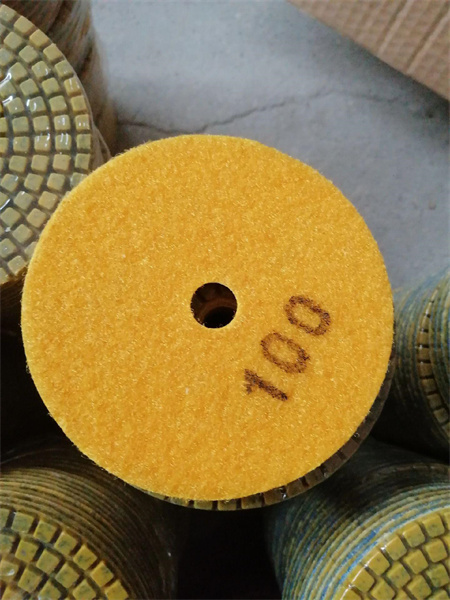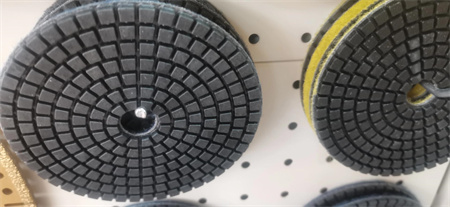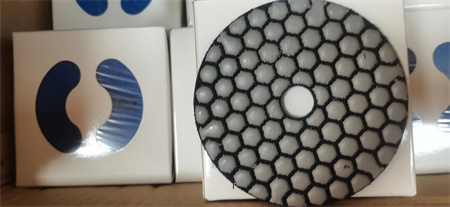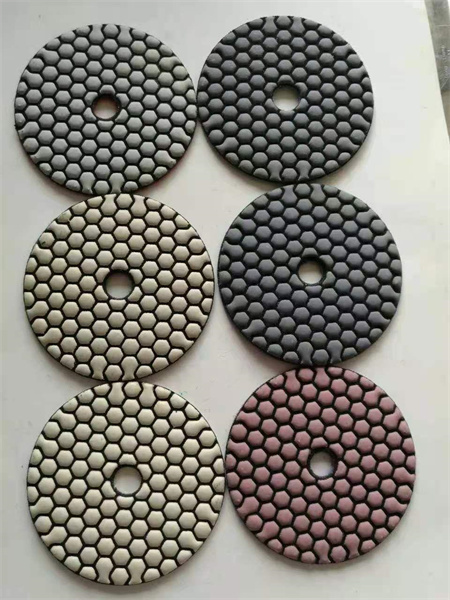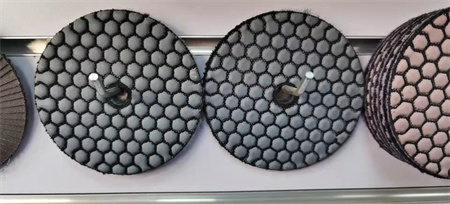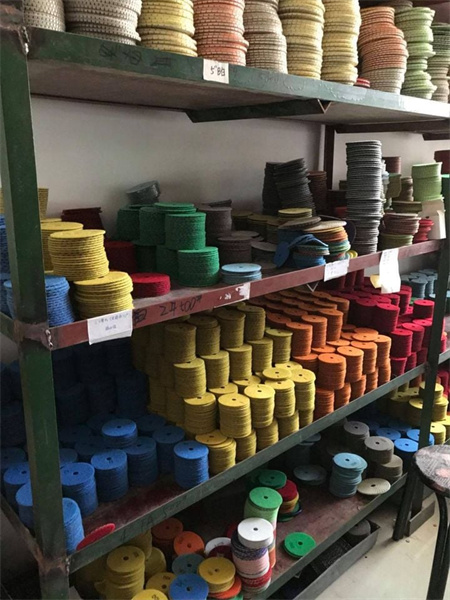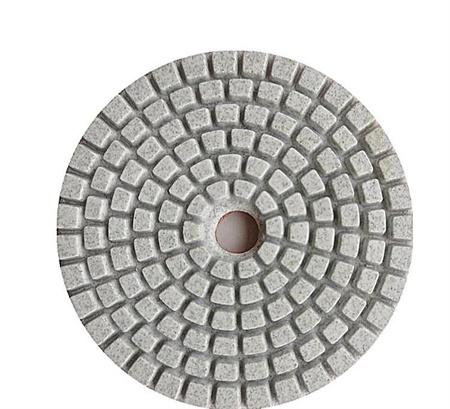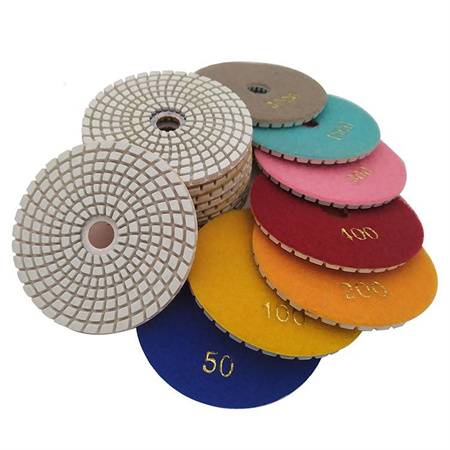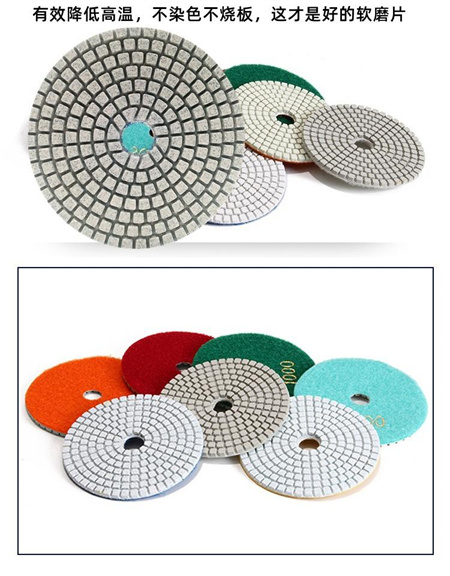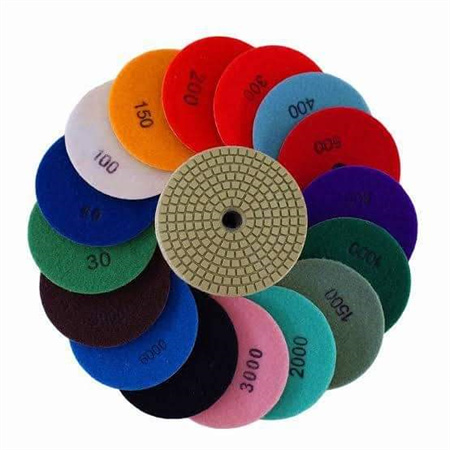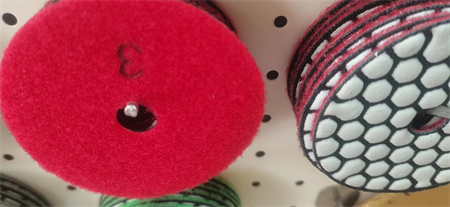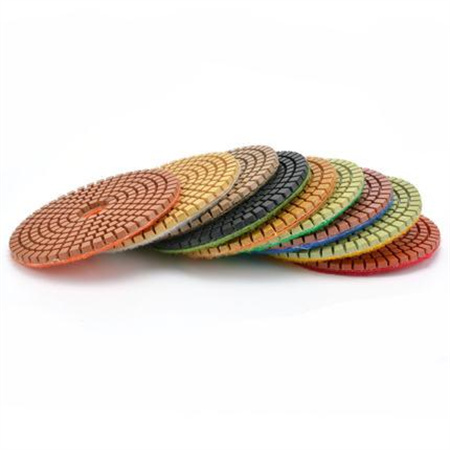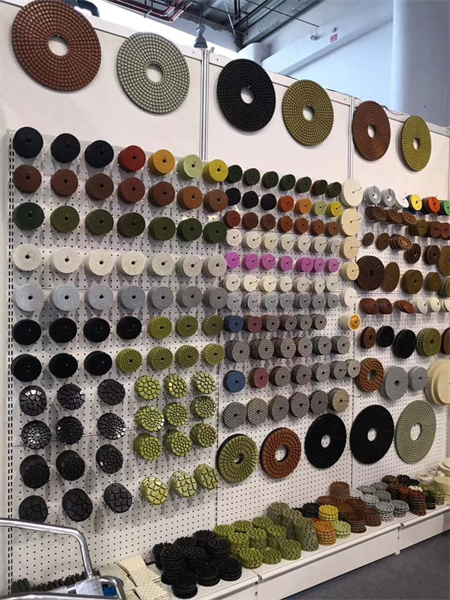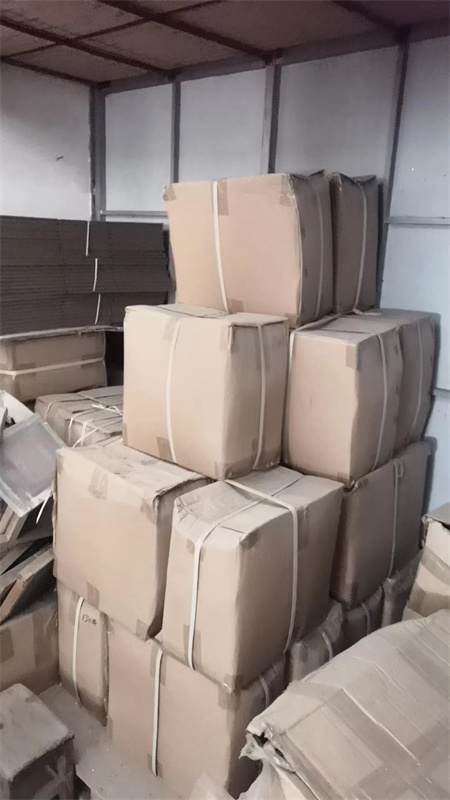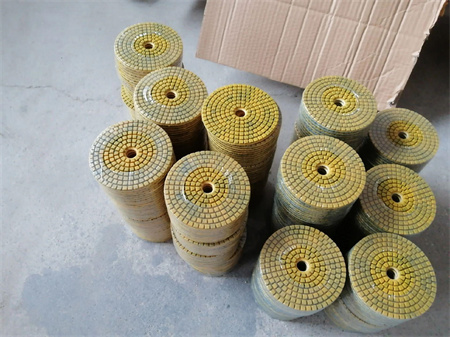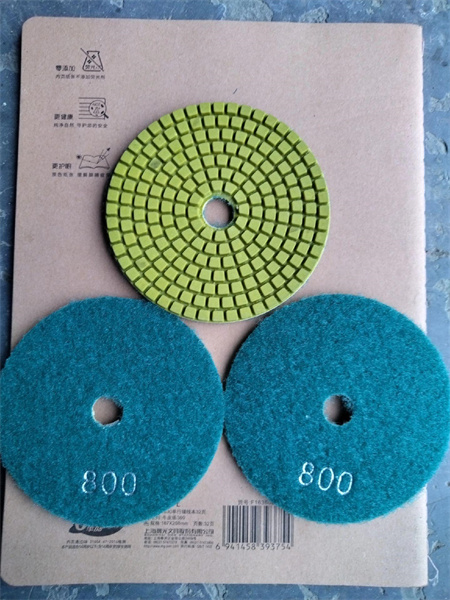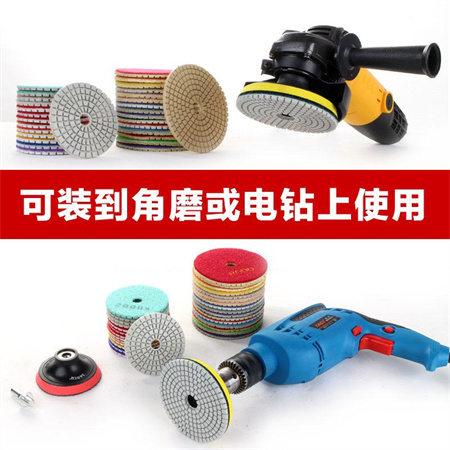How to Build Trust in International Diamond Pad Markets
Building trust in international diamond pad markets is more of an art than a science. It’s about forging lasting relationships, cultivating transparency, and understanding the unique challenges and opportunities that these global markets present. With the world becoming more interconnected, it’s critical for businesses and stakeholders to create a foundation based on trust to navigate the complex and competitive diamond industry successfully. So, how can businesses achieve this? Let’s explore.
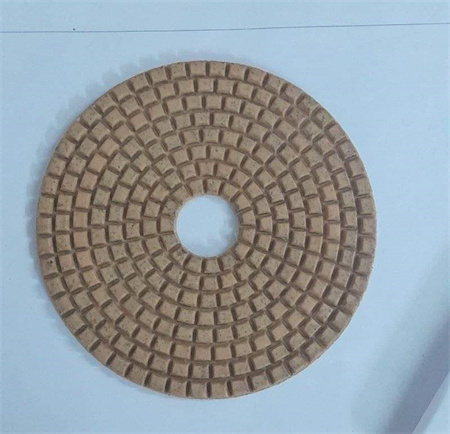
First and foremost, transparency in every aspect of the business is non-negotiable. Whether you’re dealing with raw materials, manufacturing processes, or the final product, honesty about sourcing, pricing, and quality is essential. In the diamond pad market, where many suppliers operate across borders and across multiple levels of distribution, clarity is key. Customers, whether they are manufacturers, wholesalers, or retailers, need to be confident that the products they’re receiving meet the expected standards and come from ethical sources. Providing traceability—showing exactly where and how each diamond pad was sourced—can go a long way in reassuring clients and partners that your business operates with integrity. Companies that can provide certificates of authenticity and sustainable sourcing practices will naturally find it easier to establish trust within the market.
The importance of communication cannot be overstated. In the fast-paced world of international diamond trade, things can change rapidly—prices fluctuate, shipping delays occur, and market demand shifts. Keeping clients and business partners in the loop and managing expectations is crucial. Regular communication ensures that everyone involved is on the same page, preventing misunderstandings that could lead to damaged relationships. It’s also essential to respond quickly and efficiently to concerns, whether it’s a question about product quality, shipment timing, or anything else that might arise. Proactive communication helps mitigate problems before they become bigger issues and strengthens the sense of reliability that is necessary for building trust.
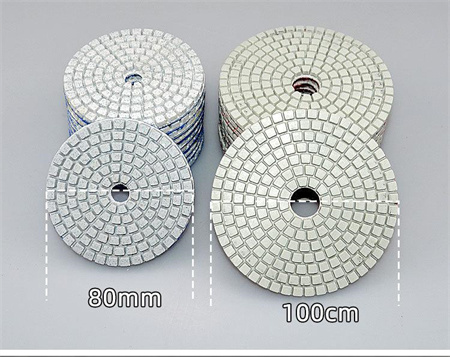
Another key aspect of fostering trust is consistency. A reliable supplier or partner is someone who delivers quality products on time, every time. In diamond pad markets, where precision and quality are non-negotiable, consistency is the foundation of a strong reputation. Buyers will quickly notice if a supplier’s quality begins to fluctuate or if there are delays that impact the delivery schedule. By ensuring that every product meets the highest standards and every order is fulfilled on time, companies demonstrate their commitment to reliability and quality, further solidifying trust.
Moreover, building a reputation for ethical business practices is another vital way to establish trust. The diamond industry, unfortunately, has been linked to unethical practices in the past, including conflict diamonds and exploitative labor practices. Today, however, consumers and businesses alike are increasingly aware of the importance of ethical sourcing. For diamond pad manufacturers, ensuring that your operations meet both local and international ethical standards is crucial. This includes implementing fair labor practices, ensuring safe working conditions, and supporting sustainable sourcing initiatives. When clients and partners know they are working with a company that values ethics as much as profitability, trust naturally follows.
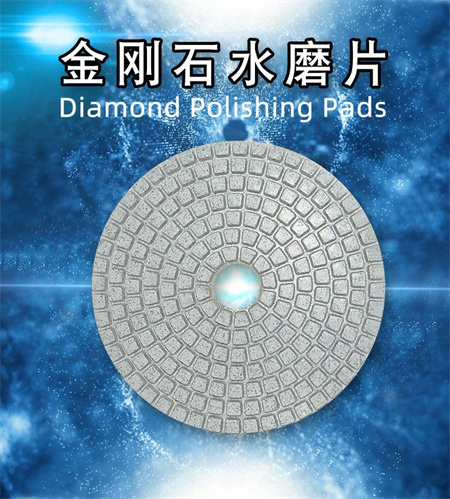
Establishing a strong presence in the market is also an important factor in gaining trust. Building relationships with reputable players in the industry, such as gemological laboratories, industry associations, or even well-known influencers in the diamond market, can enhance credibility. When you align your business with trusted and respected entities, you essentially gain their stamp of approval. This not only increases your visibility but also strengthens your reputation within the global market.
Building trust is not just about what you say, but also about what you do. If your business is known for going the extra mile, whether by providing exceptional customer service or offering unique solutions to complex problems, you will earn a reputation as a trustworthy partner. Small acts of kindness, such as handling disputes with tact and fairness or offering loyalty incentives, can solidify long-term business relationships. Trust grows when businesses demonstrate their commitment to their clients’ success and well-being.
Lastly, adapting to the changing demands of the market while remaining true to your core values is essential. The diamond industry is evolving, and so are the expectations of consumers and partners. Technological advancements, sustainability concerns, and new market dynamics are constantly reshaping the landscape. Businesses that can adapt to these changes while maintaining transparency, consistency, and ethical practices will continue to be trusted partners in the long run. It’s a balance of being forward-thinking without sacrificing the foundational principles of integrity and trustworthiness.
In the international diamond pad markets, where competition is fierce and the stakes are high, trust isn’t just a bonus—it’s a necessity. By focusing on transparency, communication, consistency, ethical practices, reputation, and adaptability, businesses can establish a solid foundation of trust that will help them thrive in the global marketplace. Trust is built over time, one interaction at a time. When businesses are dedicated to doing the right thing, the rewards—both in terms of reputation and financial success—are more than worth the effort.
